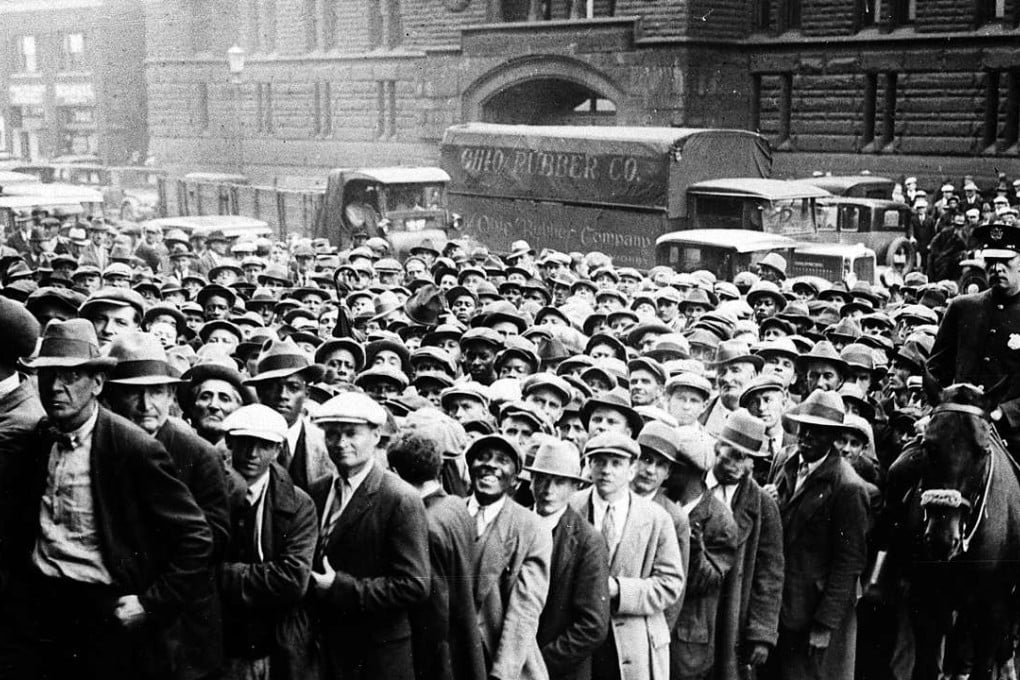Opinion | History repeated: the worst of the 2008 crisis is yet to come
The solution put forward by governments to the financial meltdown – ‘quantitative easing’ – will eventually come back to haunt the world economy

On September 2 in the year 1929, the New York Stock Exchange was on holiday. When it opened the next day, the Dow Jones Index hit a record high of 381. At the time, none of the investors realised that the record index would not be seen again for a quarter of a century.
Between 1921 and 1929, in the “Roaring Twenties”, the Dow Jones Index increased fivefold.
It was a decade of fast economic growth and widespread prosperity. Mass production of popular consumer goods such as automobiles and refrigerators made them affordable to the lay workers. Banks introduced mortgage payments, ensuring that most households could spend ahead of what they had earned.
Those were the happy years, and many in the developed world thought they would never end.
Eight years on, the recovery remains feeble and large chunks of the world economy are still struggling to stay afloat
The stock market took a sharp turn after September 3, until it hit its bottom in July 1932. By then, the market had lost 90 per cent of its value. The gains in the previous three decades had been totally wiped out. The Great Depression that followed put 12 million American workers out of work. It quickly spread to the rest of the world. The worst hit among them was Germany.
